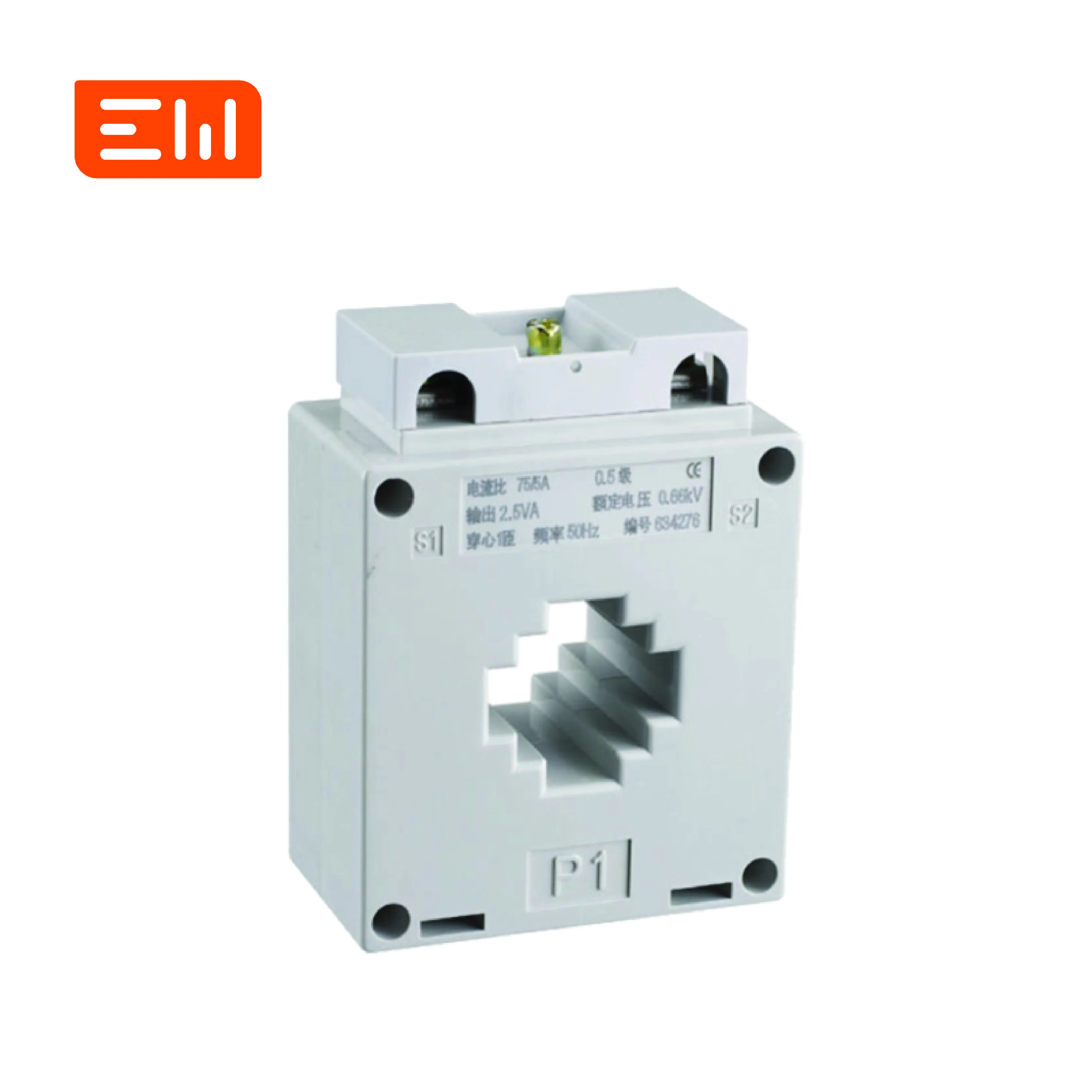How to Choose the Right Current Transformer
Choosing the right Current Transformer (CT) is crucial for ensuring the accuracy and safety of your electrical system. Current transformers are indispensable components in electrical engineering, used primarily for measuring alternating current (AC) by reducing high current levels to a lower, manageable value. With a multitude of options available, selecting the appropriate CT for your needs can be a daunting task. In this comprehensive guide, we will delve into the critical factors to consider when selecting a current transformer, the different types of CTs available, and how to ensure the correct installation and maintenance.
Understanding Current Transformers
Before diving into the selection process, it is essential to understand what a current transformer is and its purpose. A current transformer is an instrument transformer used to transform high currents in a primary circuit to a smaller, proportional current in its secondary circuit. This transformation facilitates safe and accurate measurement, monitoring, and control of electrical systems.
Types of Current Transformers
There are several types of current transformers, each designed for specific applications and environments:
-
Wound CTs: These CTs have primary and secondary windings, with the primary winding directly connected in series with the conductor carrying the measured current.
-
Toroidal CTs: Featuring a circular core, these CTs do not have a primary winding. Instead, the conductor carrying the current passes through the core.
-
Bar-type CTs: Designed with a straight bar as the primary winding, these CTs are ideal for high-current applications.
-
Split-core CTs: These CTs are designed to be easily installed on existing conductors without disconnecting them, making them suitable for retrofit applications.
Understanding the differences between these types will aid in making an informed decision when selecting a CT for your application.
Factors to Consider When Choosing a Current Transformer
Several factors must be considered to ensure the selection of the most appropriate CT for your application:
Current Rating and Ratio
The current rating of a CT is a critical factor that determines its suitability for a given application. The primary current rating should match or exceed the maximum current expected in the primary circuit. The transformation ratio, defined as the ratio of primary current to secondary current, should also be carefully chosen to ensure accurate measurement.
Accuracy Class
The accuracy class of a CT indicates its precision in measuring current. CTs are classified into different accuracy classes, such as 0.1, 0.2, 0.5, 1, and 3. The choice of accuracy class depends on the specific measurement requirements of your application. For instance, revenue metering applications require high-accuracy CTs, while protection applications may tolerate lower accuracy.
Burden
The burden of a CT refers to the total impedance of the secondary circuit, including the metering and relay devices connected to the CT. The CT must be capable of driving the maximum burden without compromising accuracy. Therefore, it is crucial to calculate the total burden and ensure it is within the CT's rated burden capacity.
Environmental Conditions
Environmental conditions such as temperature, humidity, and exposure to dust or corrosive substances can impact the performance and lifespan of a CT. Select a CT with appropriate insulation and environmental ratings to ensure reliable operation in the intended environment.
Installation Considerations
Consider the physical size and shape of the CT, as well as the available space for installation. Split-core CTs may be preferable in situations where the disconnection of conductors is impractical.
Installation and Connection of Current Transformers
Proper installation and connection of CTs are crucial for ensuring safety and measurement accuracy.
Current Transformer Connection
CTs should be connected with the correct polarity to ensure accurate measurement and protection functionality. The polarity marks, typically labeled as P1, P2 (primary), and S1, S2 (secondary), must be observed during installation.
Current Transformer Cabinet
For installations in harsh environments, a current transformer cabinet can provide additional protection. These cabinets shield CTs from dust, moisture, and mechanical damage, extending their lifespan and reliability.
Safety Precautions
CTs operate at high voltages, and improper handling can pose serious safety risks. Always follow manufacturer guidelines and industry standards for installation and maintenance. Ensure that the CT secondary circuit is never open-circuited while the primary is energized, as this can cause dangerous high voltages.
Maintenance and Testing of Current Transformers
Regular maintenance and testing are essential for ensuring the ongoing accuracy and reliability of CTs.
Visual Inspection
Perform regular visual inspections to check for physical damage, signs of overheating, or environmental degradation.
Testing Procedures
Periodic testing should include primary injection testing and secondary injection testing to verify the CT's accuracy and functionality. Additionally, insulation resistance testing can identify issues with insulation degradation.
Calibration
For applications requiring high accuracy, regular calibration of CTs is recommended to maintain precision and compliance with relevant standards.
Conclusion
Choosing the right current transformer involves a thorough understanding of your application's specific requirements and environmental conditions. By considering factors such as current rating, accuracy class, burden, and installation conditions, you can select a CT that provides accurate and reliable performance. Proper installation, maintenance, and testing further ensure the longevity and safety of your CTs. With this knowledge, you are well-equipped to make informed decisions and optimize your electrical system's measurement and protection capabilities.

